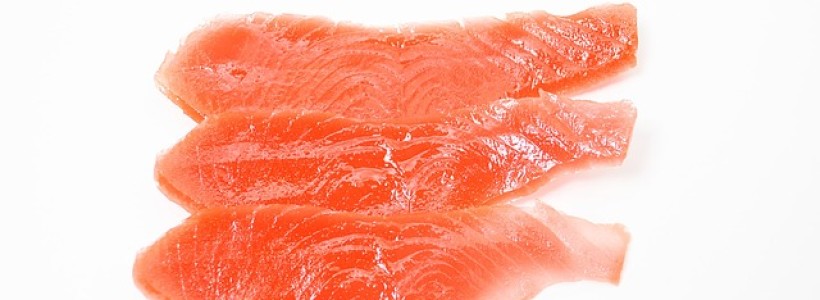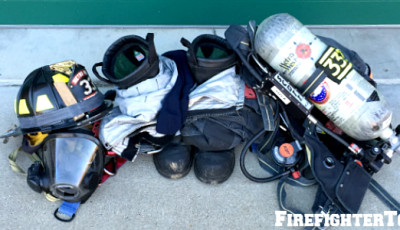Top Five Foods That FFs’ Must Eat – #4
Salmon is #4 on the Top Five List
Salmon makes it on my list of the top five foods that firefighters must eat for two reasons: it is the highest food source of Omega-3 “good fats,” and it is a great protein source as it is lower in calories than other meats.
Omega-3s, The Good Fat
While fat has been given a bad name in our society for a long time, not all fats are made equal. It’s the trans and saturated fats that lead to arterial plaque and heart disease. Omega-3 fats are actually crucial for good health. They protect cell membranes, reduce blood clotting and fight inflammation, helping to ward off both heart disease and some types of cancer. Fat also contributes to satiety (fullness) and is one of our bodies’ two main sources of energy. We can’t get along without fat and it should contribute to around 1/4 of our total daily calorie intake. Do not confuse Omega-3 with Omega-6, which is abundant in cooking oils. While Omega-6 is also considered a good fat, taking in too much can promote inflammation and hinder absorption of Omega-3. Most Americans do not get enough Omega-3 but take in plenty of Omega-6. So the current focus in the nutrition community is to increase Omega-3 intake but not Omega-6 intake.
Omega-3 is found in flaxseed, soybeans (Edamame), walnuts, fatty fish (salmon and tuna), pasture raised beef, and some green leafy vegetables like spinach. Fish oil supplements are actually the highest source of omega-3 per volume. Since many people do not like the fishy aftertaste of these pills, companies have responded by producing smaller pills. The American Heart Association suggests that people take in 500 mg of omega-3 per day, which would be met by eating 2 servings of fatty fish per week. If you do take fish oil supplements, check the label to see how much Omega-3 is in them.
The recommendation for Omega-3 can be higher for those with known cardiovascular disease or when prescribed by a physician to treat high triglycerides. However, a person without these conditions may want to stick to 500 mg because taking in too much can increase risk of bleeding (since Omega-3 decreases blood clotting.) The Omega-3 found in fish is also very high in two fatty acids that you may have heard of: EPA (eicosapentanoic acid) and DHA (docosahexanoic acid). Populations with high intake of EPA and DHA from fish, like Japanese, have a very low incidence of heart disease. Furthermore, some research has shown that when a person is in the throws of a cardiovascular event, having EPA/DHA in your blood can prevent an arrhythmia from becoming fatal. For firefighters who have an alarmingly high incidence of MI, that can literally mean the difference between life and death.
Aside from the heart healthy benefits, eating salmon can help out your waistline. Many firehouse meals are centered around a big meat portion. While grass fed beef and free range chicken do contain some Omega-3, they are both much higher in calories than salmon. They also contain some saturated fat. Altogether, it’s a great idea to replace your other meat sources with salmon on two days out of the week.
Part 3 of 6










Great read Dr. Moore salmon is one of my favorites. I was wondering if there are added benefits of eating wild salmon over farm raised. Actually the same for any fish species that is farm raised. Your thoughts??
Hi Rob, great question! The answer is YES! Wild caught salmon has more omega-3 in it than farm raised. Same goes for grass fed beef over grain fed.